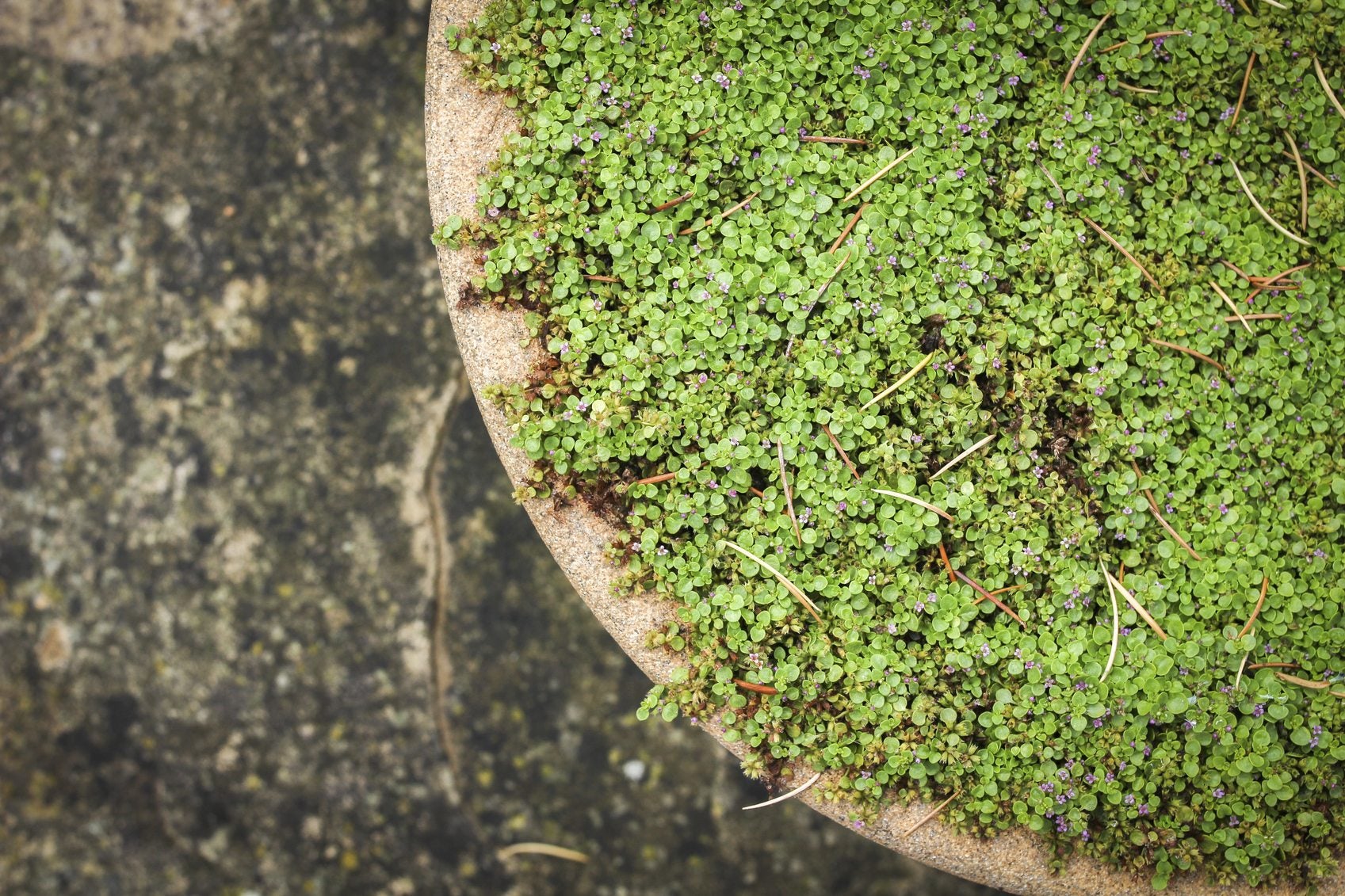Using Corsican Mint: Caring For Corsican Mint In The Garden


Corsican mint (Mentha requienii) is a spreading, ground-hugging plant with petite, round leaves that emit a powerful, minty aroma when bruised. Also known as creeping mint, Corsican mint plants, which spread by narrow stems that take root as they grow, are well suited for filling in around steppingstones or pavers but aren’t sturdy enough for heavy foot traffic. Read on to learn more about Corsican mint in gardens.
Growing Corsican Mint
Corsican mint plants tolerate full or partial sunlight. Nearly any type of moist, well-drained soil is suitable. Keep in mind that, like most mint plants, Corsican mint self-seeds readily and can be somewhat aggressive. This plant is suitable for growing in USDA plant hardiness zones 7 through 9. It freezes in colder climates but usually self-seeds in spring.
Using Corsican Mint
In addition to its uses as a groundcover in the garden, Corsican mint is a valuable culinary plant and great for containers. Snip the leaves to flavor hot and cold drinks, ice cream, and baked goods.
Growing Corsican Mint Indoors
Corsican mint is easily grown indoors. Use a lightweight, well-drained potting mix and be sure the pot has a drainage hole in the bottom. Place the mint where it receives morning sunlight, but where it is protected from intense light and heat. Water the plant regularly to keep the soil moist, but decrease watering during the winter months, allowing the soil to dry slightly.
Caring for Corsican Mint
Corsican mint can be somewhat finicky, especially when it comes to irrigation. These plants don’t tolerate drought, which means the soil should be kept consistently moist but not soggy. Fertilize Corsican mint every spring using a balanced, water-soluble fertilizer. This plant is a light feeder, so avoid overfertilizing. Thin the plant regularly and avoid overcrowding, as mint plants require plenty of air circulation. Protect Corsican mint plants with a light covering of mulch if you live in a climate where winter freezes are possible. The plant is able to tolerate light frosts without protection.
Gardening tips, videos, info and more delivered right to your inbox!
Sign up for the Gardening Know How newsletter today and receive a free copy of our e-book "How to Grow Delicious Tomatoes".

A Credentialed Garden Writer, Mary H. Dyer was with Gardening Know How in the very beginning, publishing articles as early as 2007.
-
 8 Perfect Flowers To Plant With Tomatoes To Boost Yields & Banish Pests
8 Perfect Flowers To Plant With Tomatoes To Boost Yields & Banish PestsDon’t forget flowers when choosing companion plants for your tomato beds or pots. These pretty, fragrant blooms add beauty but are also highly beneficial.
By Mary Ellen Ellis
-
 Want The Longest Lasting Hydrangea Flowers? Grow These 8 Panicle Hydrangea Varieties
Want The Longest Lasting Hydrangea Flowers? Grow These 8 Panicle Hydrangea VarietiesFor ornamental shrubs that deliver the longest flowering seasons with plush blooms and delicate hues, these panicle hydrangea varieties are essential in your yard
By Tonya Barnett